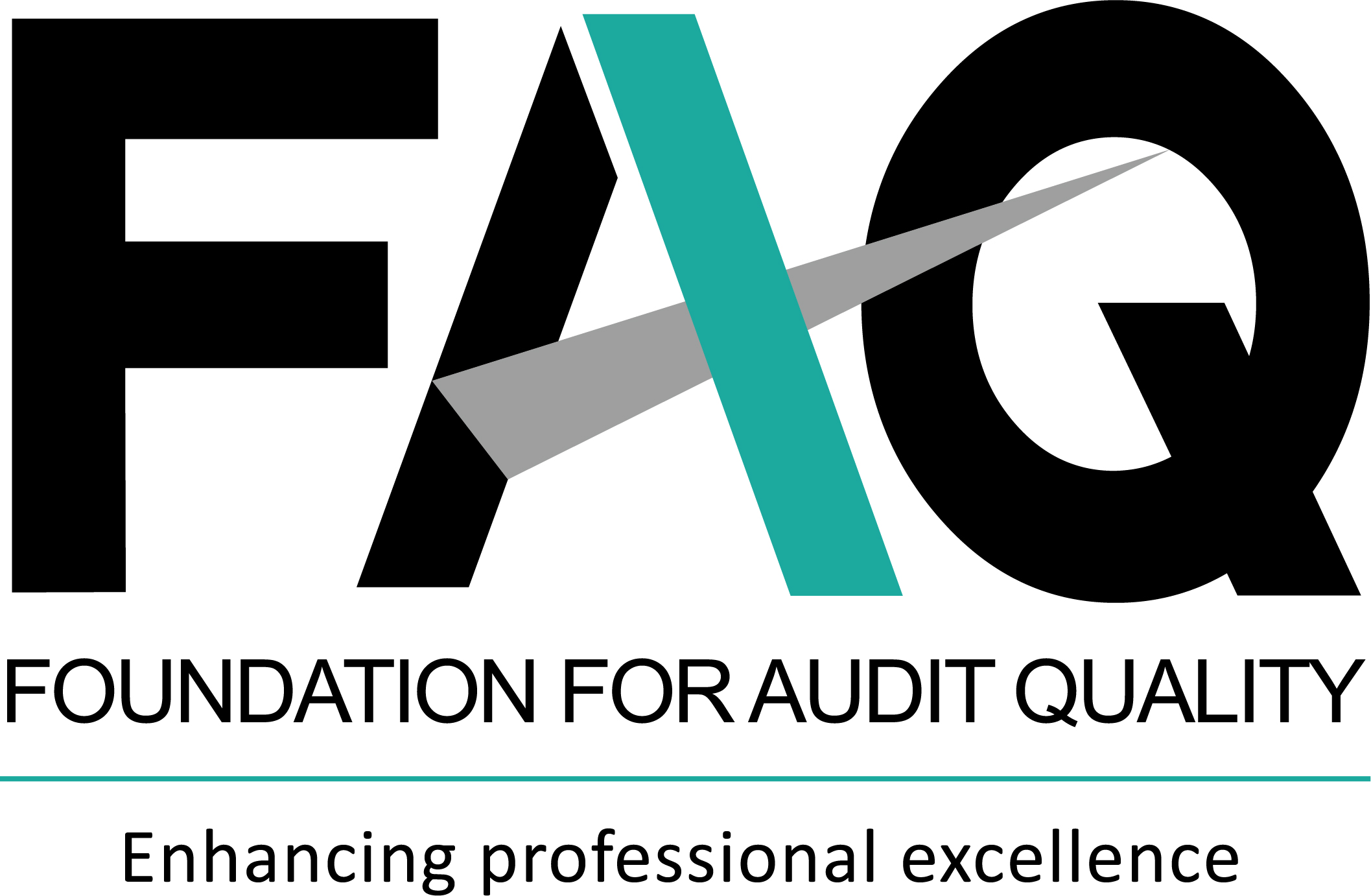Auditing updates
Updates from ICAI
Standard on Auditing (SA) 230, Audit Documentation prescribes the basic principles of audit documentation that should be complied by auditors while performing audits of financial statements.
In 2013, the Institute of Chartered Accountants of India (ICAI) had issued the ‘Implementation Guide to SA 230, Audit Documentation’ (the IG)3 to provide practical implementation guidance to auditors in the form of various Frequently Asked Questions (FAQs).
Recently, on 15 December 2022, ICAI revised the implementation guide (revised IG) to provide more guidance on the aspect of assembly of the final audit file.
The revised IG (like its earlier version) includes summary of the standard, introduction, FAQs on SA 230, a checklist and also an illustrative working paper format. Some of the key guidance pertaining to the assembly of the final audit file include:
- Assembly of the final audit file after the date of the auditors’ report: SA 230 permits only administrative changes to be made to audit documentation after the date of the auditor’s report, therefore the revised IG advises that all audit documentation should be prepared on a timely basis – i.e. at the time the audit work is performed4. When assembling an audit file, an engagement team should ensure that it has a complete and final set of documents that support an auditor’s opinion. The revised IG also provides certain illustrative examples of activities that would be considered as administrative changes that are required to be completed before the final assembly of the audit file.
- Changes to audit documentation which are other than administrative in nature: The revised IG provides guidance on documentation requirements5 by an engagement team when changes or additions that are not administrative in nature are made to the audit documentation after the date of the auditor’s report but before the archive date. The revised IG has also provided examples of circumstances that require changes or additions to the documentation that are not administrative after the date of an auditor’s report. In certain cases, an engagement team may discover that, considering the facts and circumstances at the time of the audit, one or more additional audit procedures may have been omitted to be performed. In such situations, when the engagement team is performing procedures and obtaining and documenting evidence after the date of the auditor’s report, the engagement team does not discard any related documentation that previously existed.
-
Confidentiality, safe custody, integrity, accessibility
and retrievability of documentation:
Auditors should
comply with the requirements of the Standard on Quality
Control (SQC) 1,
Quality Control for Firms that Perform
Audits and Reviews of Historical Financial Information,
and Other Assurance and Related Services
Engagements.
As per SQC 1, audit firms should establish
policies and procedures designed to maintain the
confidentiality, safe custody, integrity, accessibility and
retrievability of documentation of an engagement.
For this purpose, appropriate controls may be designed
and implemented to:
- Enable determination of when and by whom engagement documentation was created, changed or reviewed
- Protect the integrity of the information at all stages of the engagement
- Prevent unauthorised changes to the documentation of an engagement
- Allow access to the documentation by authorised persons to properly discharge their responsibilities
- The implementation guide was subsequently revised in 2018.
- Timely audit documentation enhances the quality of audit and facilitates the effective review and evaluation of audit evidence obtained and conclusions reached before an auditors’ report is finalised.
- Such documentation includes:
- An explanation describing what information was added or changed.
- When the evidence was obtained.
- The date the information was added and reviewed
- The name of the person who prepared and reviewed the additional information.
- The circumstances encountered and the reasons for adding the information.
- The new or additional audit procedures performed, audit evidence obtained, and conclusions reached.
- When the conclusions in respect of the new information were approved by the engagement manager, engagement partner and / or engagement quality control reviewer (where applicable).
- The effect on an auditor’s report.
To access the text of the ED, please click here
Action Points for Auditors
- The recent reports and observations issued by the National Financial Reporting Authority (NFRA) have highlighted lapses in certain aspects of audit documentation. Auditors should refer to the FAQs and examples mentioned in the revised IG to SA 230 and ensure adherence to the guidelines with respect to their specific audit engagements
- The revised IG has provided guidance on certain aspects pertaining to audit file assembly. Auditors should take note of the same while assembling the audit files after the date of their audit reports.
- Auditors should refer to the checklist provided by ICAI in the revised IG to SA 230 while compiling their audit files and also take note of the illustrative working paper format provided in the IG for reference.
Our Insights
Tools and Enablers
- Standard workpapers
- Technology tools
Resources
- Regulatory updates
-
India updates
Accounting updates
Auditing updates
Regulatory updates
-
International updates
Accounting updates
Auditing updates
Regulatory updates
-
Recap on key updates
-
Publications
India Publications
International Publications
-
Matter for auditors’ attention
-
Discussion/Consultation papers and Publications issued by regulators
India Publication
International Publication
Exposure Drafts/consultation papers
EDs/consultation papers
Matters for Consultation

